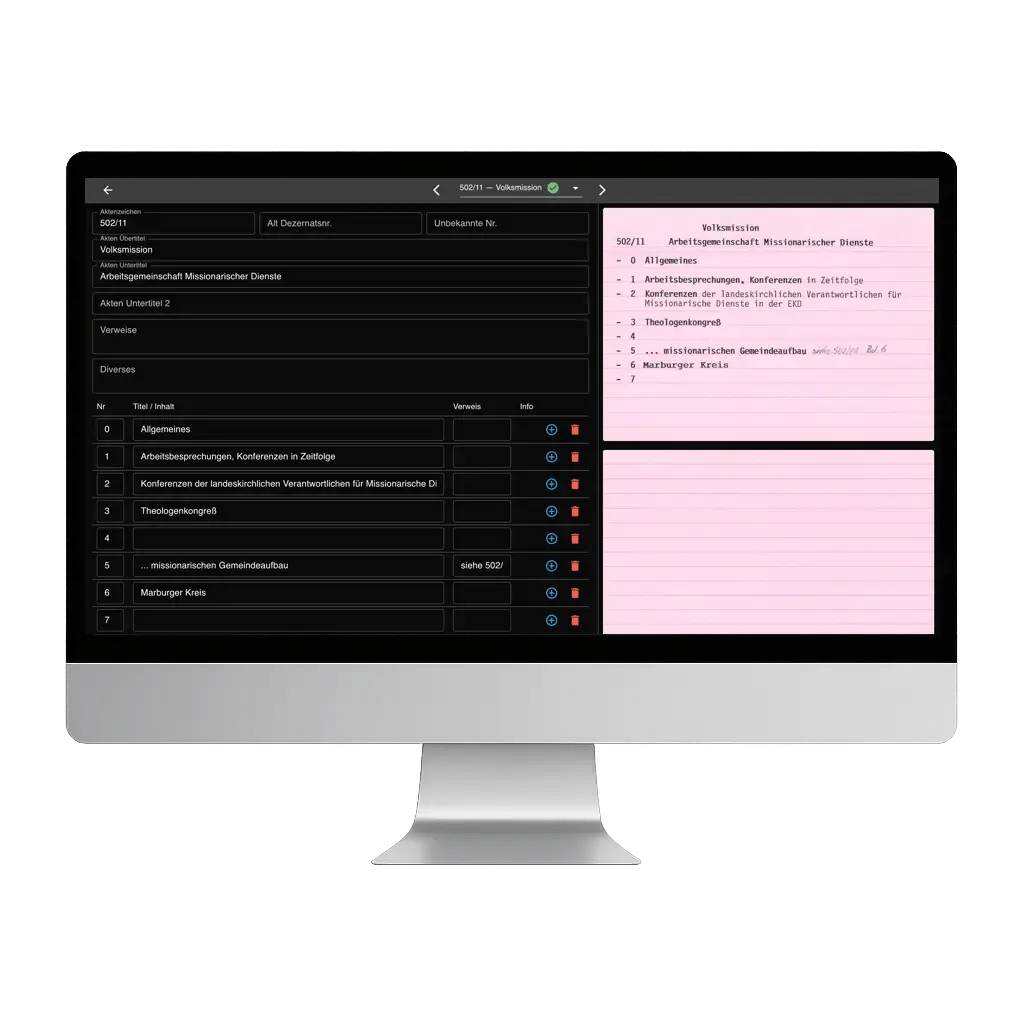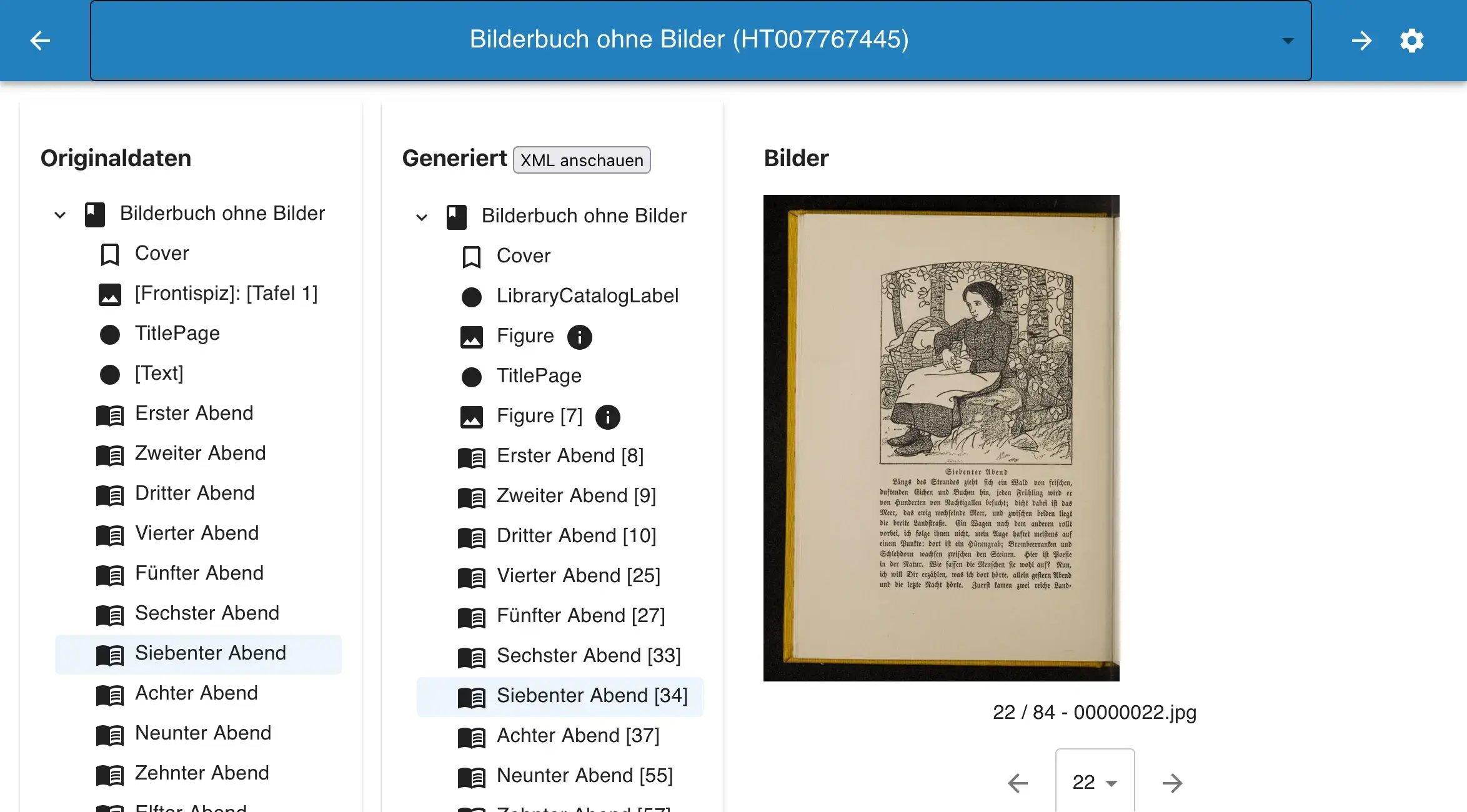
The Future of Archiving in the Age of Specialized Tools

The Challenge of Integration
 Source: DALL·E 3
Source: DALL·E 3
In today's rapidly evolving technological landscape, the archival community faces a dilemma: adopt specialised tools tailored to unique tasks or rely on a one-size-fits-all solution. Institutions in the GLAM sector (Galleries, Libraries, Archives, Museums) are constantly grappling with this challenge. Among the many tools available is Archipanion, a system that uses artificial intelligence to improve archival research and access. But like many innovations, it's often met with a legitimate concern: "Do we really want yet another tool?
Let's delve deeper into this conversation.
1. Specialized Tools vs. Universal Solutions: The Eternal Debate
Pros of specialised tools
- Tailored experience: Each tool is designed to meet specific needs, ensuring optimum performance and efficiency.
- Rapid innovation: Specialised tools can adapt and evolve quickly, reflecting the latest advances in their particular niche.
- Efficient allocation of resources: Institutions can invest in tools that directly address their immediate needs, rather than investing in broad solutions that may not be fully utilised.
Cons of specialised tools
- Integration Challenges: Getting multiple systems to work together harmoniously can be cumbersome.
- Additional Training:Each new system may require specialised training, stretching resources thin.
- Maintenance: Separate tools mean multiple updates, support contracts and potential compatibility issues.
The middle path: The answer may not be binary. Many institutions find value in a hybrid approach - a few core systems, such as the archive information system and long-term storage, supported by specialised tools where necessary.
2. The Role of Interfaces
A powerful solution to the integration challenge lies in interfaces. They allow different systems to communicate, share data and function as a cohesive unit. A tool like Archipanion, for example, extends its capabilities by using any interface that existing systems offer.
The caveat, however, is that not all systems, especially older legacy systems, offer easy interfacing options. This brings us to the next point.
3. Legacy Systems: The Elephant in the Room
Legacy systems may be reliable and familiar, but they can also be rigid. Their age means they may not have been built with today's integration needs in mind. Migrating from these systems is a significant undertaking, often met with resistance due to the potential risks and costs involved.
But there's a silver lining. Tools such as Archipanion recognise these challenges and offer a range of solutions. If an interface isn't possible, electronic data interchange or even physical media can be a workaround. The goal is clear: adaptability without disruption.
4. The Human Factor
It's important to remember that any system, new or old, serves the people who use it. It's not about technological integration, it's about ensuring a seamless user experience. When implementing tools such as Archipanion, the user journey should remain intuitive. For example, we encourage a link from your online access to your Archipanion. The visible change in systems helps the user to understand that they're now searching with AI and only in the digitised/digital collections that have already been made available in this way. Because historical research is as much about context as it is about content, a link back from each Archipanion search result ensures that any item found can be placed in your existing archival context.
Conclusion
The future of archiving is exciting, full of possibilities brought about by tools that push the boundaries of what we thought was possible. However, with innovation comes the challenge of integration. By understanding the needs of both systems and their users, we can navigate this complex landscape and ensure that the past remains accessible and relevant in the digital age.
Interested in seeing it in action? Dive into the world of AI-powered archiving with Archipanion and schedule a free demo, to learn more.
